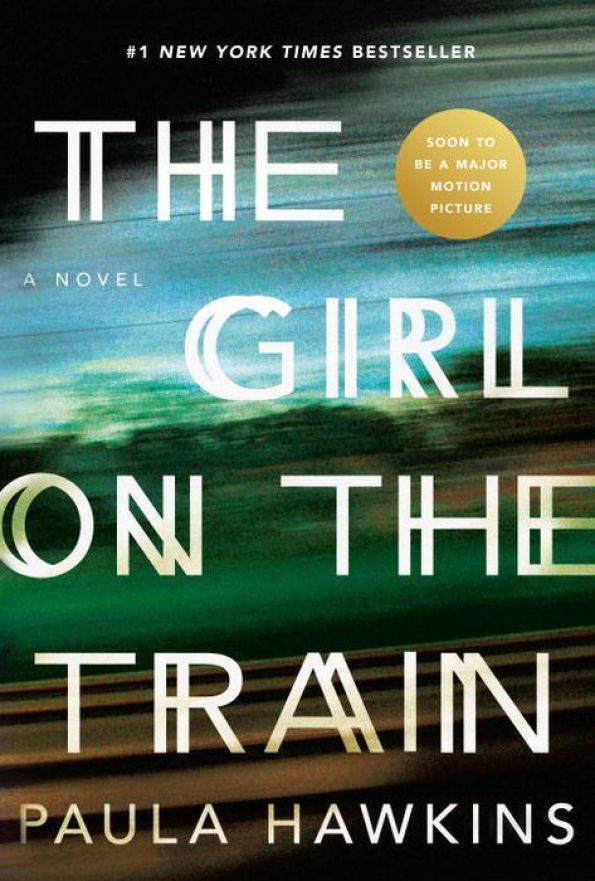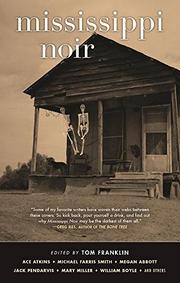Shareware and Bookware
You’ve heard or tried or even purchased shareware, programs that independent or amateur developers offer to try before you buy. Prices vary wildly, from a dollar or two on up, sometimes way up. An acquaintance who wrote an application complained he wasn’t making money from his shareware program. Setting aside that no one gets rich writing shareware, he was asked why he charged $45.
“Because it’s worth it,” he said. “I deserve to get $45. If I charge less, it will take longer to make money. Besides, Macrosoft Blotto costs $49 and I undercut them.”
Face Palm
For the hundredth time, I lamented that we aren’t educated in economics. To be sure, it’s not an exciting subject, but it’s essential to living in a modern age. Just as judges should have law degrees, politicians should be required to pass an economics exam. Without an understanding of economics, their decisions about budgets and taxes, fiscal and monetary policy are nothing but guesswork.
Unlike some of our shareware friends, merchants in the Apple and Android stores price much more sensibly, usually charging no more than a dollar or two. Why is charging $1 better than charging $45?
Because the guy with a $1 program is likely to sell thousands, perhaps tens of thousands or more, while the fellow with a $40 application will sell only a few. The lower the price, the more an item will sell.
| price | sold | made |
|---|---|---|
| $9 | 1 | $09 |
| $8 | 2 | $16 |
| $7 | 4 | $28 |
| $6 | 6 | $36 |
| $5 | 10 | $50 |
| $4 | 15 | $60 |
| $3 | 21 | $63 |
| $2 | 32 | $64 |
| $1 | 72 | $72 |
Let’s turn our attention to publishing, particularly ebooks since we won’t have to factor in printing costs. You write a brilliant 200 000 word opus, Gone with the Wind in the Willows. Sadly, traditional publishers, those dastardly gatekeepers, don’t appreciate your Cinderella superheroine and the Trotskyite plot in an 1880s Wild West space setting.
Curse those professionals! What can you do? You publish electronically. And because it’s that good, you price it at $9. Your dismayed financial advisor asks how you arrived at that price. Obviously yours has many pages and $9 seems a lot less than $10, which all the really, really good books cost.
So you go to market and sell… exactly one.
After thanking mom, you wonder what went wrong? Disgusted, you slash a dollar off the price now set at $8. You check back the next month in case one or two sold. And… two it is. You thank your sisters and price the damn thing at $5.
That month, you sell ten for a total of $50. Not great, but better than previous months. Still, you made more money selling those velvet Star Wars paintings at roadside rest stops.
 |
| units sold as a function of price |
Realization dawns that a Lamborghini will remain out of reach a while longer. Obviously your financial advisor was right about overpricing, but maybe you can still make a little beer money, the cheap stuff, nothing imported.
In disgust, you price your novel at $1. Looking at the numbers sold in previous months, you should sell a lot if you slash the price to just one American greenback, one Canadian loonie, one New Zealand kiwi, one aussie, one euro, one quid… You don’t care anymore. At a dollar a copy, you won’t see a profit until next Tisha B’Av.†
Weeks later, you glumly look into the ebook site and a funny thing has happened. Your sales report says your book sold 72 copies. Wow, that’s great. You’ll never grow rich, but you’re excelling and you just finished your second book, Salomé versus Godzilla. If you can get a hundred novels on-line, you might be able to retire from the garden gnome insurance industry you’ve been slaving in.
You become curious about pricing models and wonder what sales might be at different price points. In the following months, you methodically adjust the price and graph the results. You discover that the lower the price, the more money you make.
You’re no John Floyd, but you write hundreds of stories, giving you an opportunity to test market price sensitivity. You carefully map price versus sales of your latest works. In the process, you learn a few surprises. Ninety-nine times out of a hundred and one, the lower the price, the more you make. Except…
| price | sold | made |
|---|---|---|
| $9 | 1 | $09 |
| $8 | 2 | $16 |
| $7 | 4 | $28 |
| $6 | 6 | $36 |
| $5 | 10 | $50 |
| $4 | 15 | $60 |
| $3 | 21 | $63 |
| $2 | 32 | $64 |
| $1 | 60 | $60 |
For the initial eight months of Conan the Badass, sales figures match those of the first. Although projections suggest month nine should return sales of $70-75, that doesn’t happen although the graph still looks positive. For month nine, sales nearly doubled, but you made only $60. What happened?
You need a different graph, one that reflects not just sales, but revenue, the total dollar amount taken in each month.
You’ve learned lowering the price increased demand, increased it so much that customers started buying. To recap, in your first month, you sold one copy at $9 for a total of $9. The second month, you sold 2 at $8 each and made $16. When you lowered the price to $5, you made $50.
But your fickle customers didn’t meet expectations when prices hit the $1 mark. Although consumers bought fewer copies at $2, you made more money. Most interesting, you’ve discovered this without doing any math. Sure, a market professional could derive a y-intercept equation, but you don’t need it. All you require are revenue numbers and a sheet of graph paper.
 |
| lowering price increases sales, but… |
Economics textbooks usually graph in nice, straight lines, but occasionally consumers behave in less predictable ways. This can happen with fads and booms, anti-cyclical products, and a concept called inelasticity.
Coffee tends to be inelastic… consumers will pay almost any price. A parent with a baby must buy milk and diapers; they have no choice. Once identified, patterns can be mathematically followed and foreseen.
Occasionally luxury goods prove inelastic. Packard was a premier motorcar favored by the very rich and desired by ordinary hoi polloi. When Packard priced an automobile like a Chevrolet, sales collapsed. The company had inadvertently devalued their brand. Once anyone could own one, nobody wanted one.
Your model might turn out to be a flat line or inelastic. That can happen in two ways. The bad way is that not even your mom buys your brilliant biography, the one titled Karl, the Sixth Marx Brother. The good way is that your Harry Potter and the 50 Shades of Godawful Grey flies off the shelf no matter how much you charge. One can always hope.
Soft Spots
Contrarily, the volatile nature of fads makes trends difficult to anticipate. In the latter 1990s, Ty Warner’s Beanie Babies mania became an incredible craze, retailing in limited editions for $5 and reselling as much as $5000 on-line with a few going for six figures. At one time Beanie Babies comprised 10% of eBay sales. Like other fads, the bubble burst. Ty Inc. no longer lists Beanie Babies among their toys. Most Beanie collections now sell in bulk for 50¢ apiece.
Some products can be labeled anti-cyclical. The Great Depression brought about textbook examples of movie attendance, ice cream, and women’s hosiery. Grand movie palaces were built and, for the price of a nickel, gave people sanctuary for a few hours and a chance to forget their troubles. A three-penny sundae might be the highlight of a dreadful day standing in unemployment lines. At a time when many things were going wrong, silk hose could make a woman feel more positive about herself. In a down market, sales of these products rose.
 |
| revenue as a function of price… sometimes things go wrong |
In setting your price point, plotting units sold (books in our case) versus price tells only part of the story. The real key is plotting revenue (price x units) against price. Consider the graph above and then this one.
According to the trend line, the book should have sold 70 or 75 copies, but thanks to quirks of buyers or a softening of the market, the audience didn’t behave as expected.
If you meticulously plotted your sales revenue on a graph, you see the ideal price point isn’t $1, but $2. This isn’t typical, but public tastes and trends can develop quirks. A popular author might publish novels in her mainstream series at $2 a copy and her lesser offshoots and novellas at $1 each. In this case, pricing aids in ‘product differentiation’, helping the customer distinguish merchandise.
The Bottom Line
Your mileage may vary. Generally, the lower the price, the more books you will sell and the more money you will likely make. Graphs help explain what happens behind the scenes. E-publishing provides a huge advantage in that your manufacturing costs are practically nil. If you’re going to take your novel to market, seize that advantage and give your book its best possible chance.
What is your experience?
† “Until next Tisha B’Av” (pronounced “tish-above”) is an expression meaning an indefinite time, like saying “second Tuesday of next week” or the “twelfth of Never”.
































